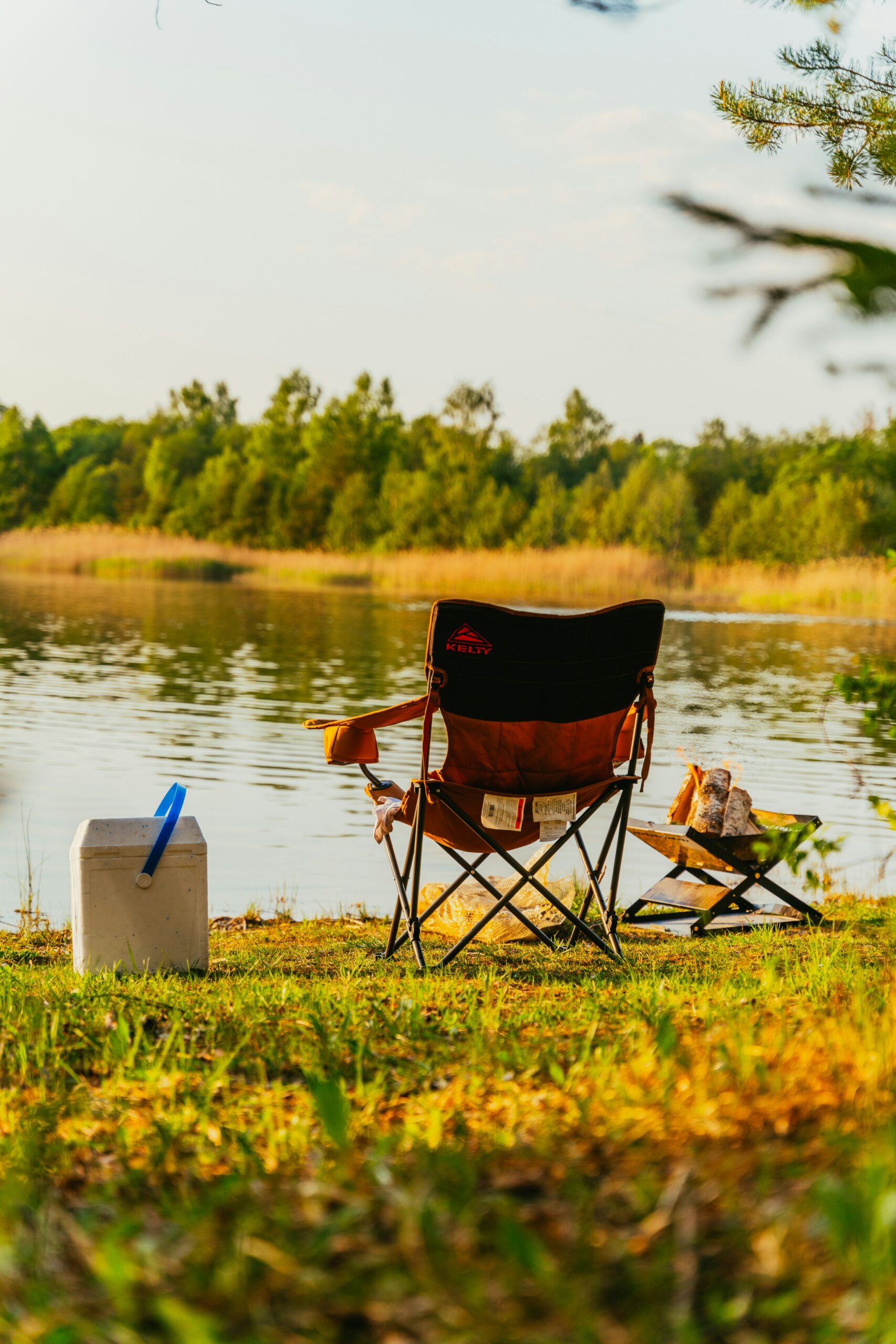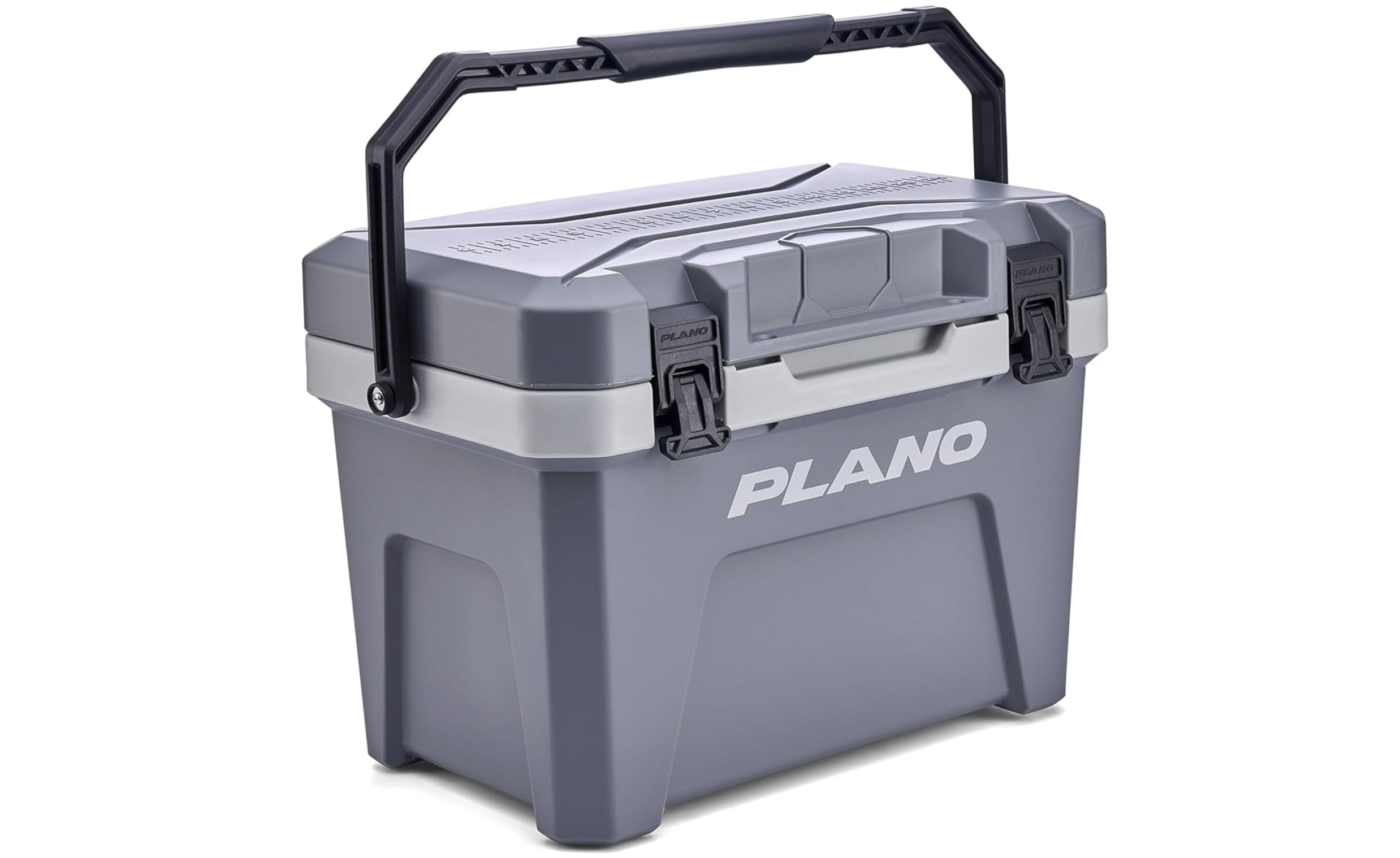Skip the soggy sandwiches and warm drinks and pack the right cooler food, and your next picnic or beach meal can actually taste good. Most people toss everything into their cooler and hope for the best, but a little planning can go a long way!

It is not just about picking the right foods, it's also about smart packing. Your cooler has hot spots and cold zones, so learning how to pack it can make the difference between a meal that works and one that doesn't. This guide shows you which foods survive cooler storage and how to pack them.
Best cooler foods
Some foods quit on you after two hours in a cooler, while others keep going all day. Pick the wrong items, and you'll eat warm, soggy disappointment by lunchtime. Here's what survives and what doesn't.
Fresh produce choices
Carrots, celery and bell peppers keep well at cooler temperatures. If you wrap these sturdy vegetables in paper towels first, they stay crisp for days. The towels soak up moisture that would otherwise turn your veggies limp.
Whole fruits beat cut fruits every time. The skin of fruit like apples, oranges and grapes blocks moisture and keeps the inside fresh longer than anything you slice ahead of time. Skip fragile produce like lettuce and berries.
Wash your produce and let it dry completely before it enters the cooler. Use containers with holes or vents instead of sealed plastic bags. Produce needs air, so put fruits and vegetables near the top where it's not as cold.
Meats and proteins
For the best results, cook your proteins before you pack them. If you must pack raw meat, double-bag everything, and don't pack it unless you plan to cook it within 24 hours.
Pre-cooked chicken, hard-boiled eggs and cured meats handle cooler life better than raw versions. If your cooler stays below 40 degrees Fahrenheit, they stay safe for three to four days.
Vacuum-sealed smoked fish and pre-cooked sausages also work well. The processing kills bacteria and seals out air, giving you more time before they spoil.
Cheese and dairy items
Hard cheeses like cheddar, Swiss and Parmesan can handle up to two weeks in a cold cooler. Semi-soft cheeses like colby and havarti give you about a week. Keep them in their own containers so they don't make everything else smell like cheese.
Individual yogurt cups will be better than the big tubs, since they are already portioned and sealed. Ultra-pasteurized milk outlasts regular milk by days because the extra heat treatment kills more bacteria upfront. Non-dairy alternatives like almond or oat milk work well and will stay fresh for five to seven days unopened.
Prepared foods
Sandwiches can survive cooler life, but only if you build them right. Soggy bread kills a sandwich faster than warm temperatures, so keep wet ingredients away from the bread until you're ready to eat.
Pack condiments and salad fixings, such as tomatoes and pickles, in their own packets or containers. Assemble your sandwich at mealtime, not at packing time. Pre-built sandwiches turn into mush within hours.
Mayonnaise-based salads, like potato salad and cucumber salad, spoil fast and breed bacteria in warm temperatures. They also turn watery as the ice melts and ingredients break down. Bring oil-based pasta salads, bean salads or grain salads with vinaigrette dressings instead. These salads will stay fresh for days and improve with time as the dressing soaks in.

How to pack a cooler for maximum freshness
Proper packing techniques are essential for maintaining food safety and quality. The three most important factors are how you arrange the items in the cooler, what you use for ice and avoiding cross-contamination. If you get these three things right, your cooler will work the way it's supposed to.
Layering and organization strategies
The best cooler packing technique is a three-layer structure. Put ice on the bottom, perishables in the middle and everything else on top.
Cold air sinks, so start with ice or ice packs as the bottom, as a foundational layer. Put your most perishable items next, like raw meat, dairy or anything that spoils fast. These go in the middle layer, where they stay consistently cold.
Put drinks and condiments on top. You'll grab these most often, so keep them accessible. Cold air escapes whenever you open the cooler, so quick access means less temperature loss.
The best option is to use a separate cooler for drinks, as Robin Donovan from All Ways Delicious explains, "Use one cooler for food and one for drinks. The drinks cooler will be opened frequently, while the food cooler can be kept closed most of the time, keeping it cold inside longer."
Finally, fill in the air gaps because air pockets let temperature fluctuate. Stuff towels or extra ice packs into empty spaces. A full cooler holds a temperature better than a half-empty one.

Ice packs versus loose ice
Ice packs stay neat, keep food dry and make labels readable. You can position them exactly where you need cold spots. However, they don't have as much cool power as loose ice.
Loose ice wraps around everything, filling gaps that ice packs can't reach. As it melts, the cold water keeps cooling your food. The downside is that everything gets wet, and you must drain the water.
For longer trips, the best solution is to use both. Put ice packs on the bottom and sides for steady cooling. Then, fill the spaces around food with loose ice for maximum cold contact.
Avoid cross-contamination
Always put raw meat on the bottom of the cooler. Gravity pulls leaked juices downward, so if you put raw meat anywhere else, those juices will drip onto everything below it. One leaky package can ruin your entire cooler contents.
If possible, use a separate cooler for raw meat to eliminate the risk of contamination. If you only have one cooler, keep raw meat in its sealed container at the bottom.
Temperature control
Keep perishable food below 40 degrees Fahrenheit, so bacteria can't multiply fast enough to make you sick. If you let temperatures climb above that, you risk food poisoning.
Put a thermometer in your cooler because guessing doesn't work. You need to know the temperature, not assume your cooler is cold enough. Check it regularly throughout the day.
When you open the lid, cold air escapes and warm air rushes in. So, get what you need quickly and close the lid fast. Plan to eat the most perishable foods sooner rather than later.
Also, make sure you keep your cooler out of direct sunlight. Try this handy tip from Bella Bucchoiotti of xoxoBella: “I always toss a towel over the top for extra insulation. It's an old-school trick from my dad, but it works.”
Summing up
Planning ahead can make the difference between a great outdoor meal and a disappointing one. Choose cooler food that can handle storage, pack it in the right order and monitor your temperature. Follow these strategies, and you'll spend less time worrying about food safety and more time enjoying the outdoors.
My favorite cooler:

Anne Jolly is a writer and creator of the Upstate Ramblings blog, which explores America's unique food culture. Her work on culinary trends and food traditions has appeared in major publications including MSN, Fortune, The Mercury News, The Seattle Times, St. Louis Post-Dispatch and Education Week. When not writing, she experiments with new recipes and discovers local food gems in upstate New York.
This article originally appeared on Food Drink Life.
